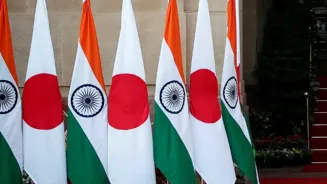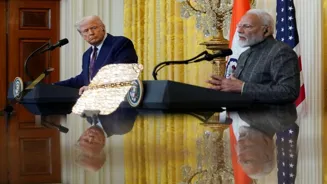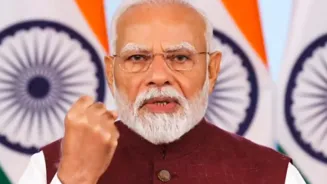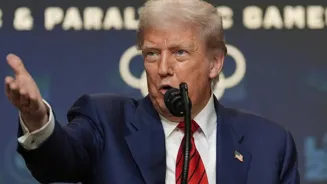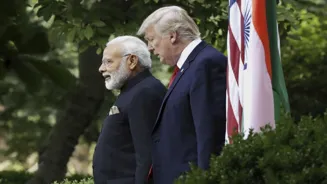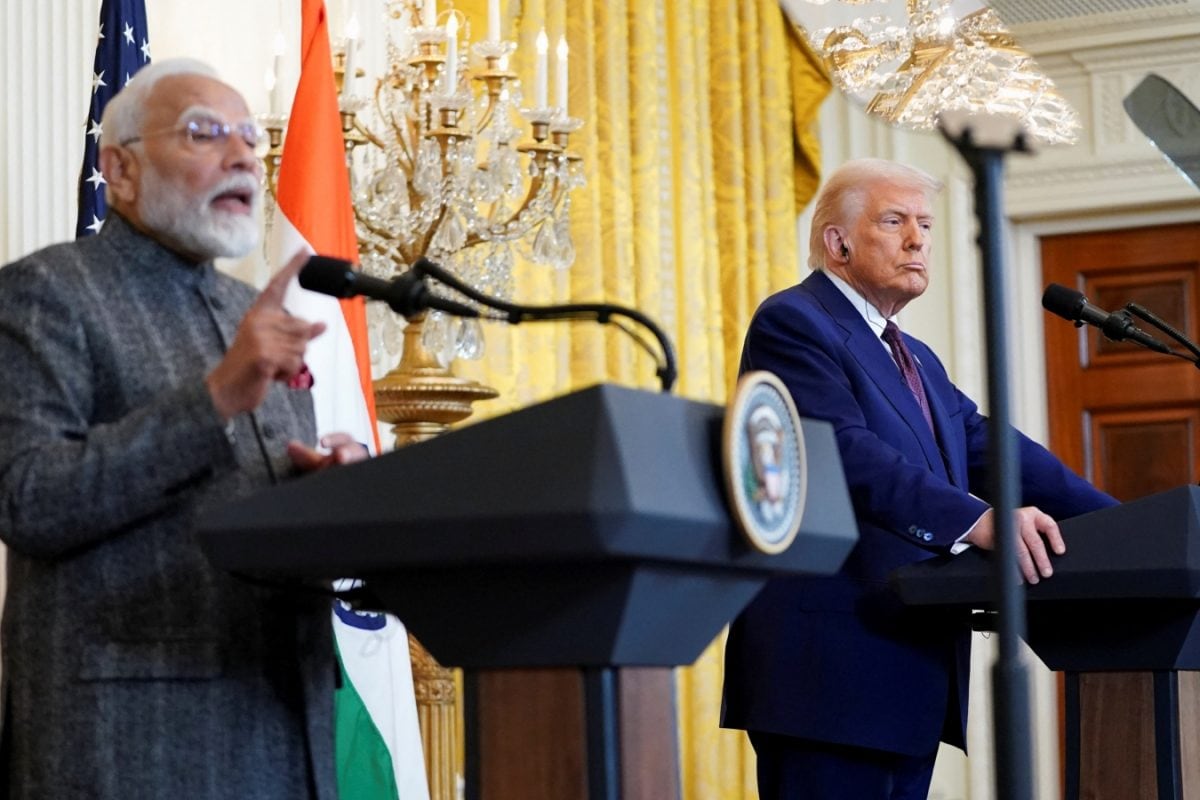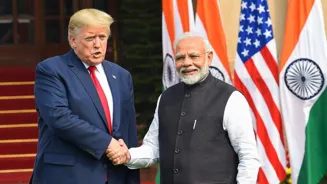What is the story about?
With Prime Minister Narendra Modi scheduled to visit Japan later this month and a series of high-level military exchanges already underway, India’s deepening engagement with Tokyo has raised an important question, is New
Delhi shifting its Indo-Pacific focus from multilateralism under the Quad to more targeted bilateralism?
In recent weeks, senior Indian military officials have actively engaged with their Japanese counterparts. Chief of Defence Staff (CDS) General Anil Chauhan visited Tokyo and held talks with General Yoshida Yoshihide, Chief of Staff of Japan’s Self-Defense Forces (JSDF).
This was followed by a four-day official visit by Indian Navy Chief Admiral Dinesh K Tripathi, aimed at strengthening maritime and strategic
cooperation between the two countries.
These developments come ahead of PM Modi’s expected visit, during which discussions are likely to extend beyond defence cooperation to include economic initiatives, most notably, the Mumbai-Ahmedabad high-speed rail project.
This flurry of diplomatic and military activity raises critical strategic questions and comes at a time of significant geopolitical shifts. According to the Ministry of External Affairs’ latest brief on the Quad (February 2025), India remains firmly committed to “a free, open,
inclusive, and resilient Indo-Pacific through collective efforts.” However, it also stresses that the Quad “complements, not replaces, India’s bilateral relationships in the region.”
Strategic analysts argue that India’s growing bilateral engagement with Japan is not an abandonment of the Quad but rather an attempt to add depth where mutual interests align. These developments also come against the backdrop of escalating trade tensions with the United States. President Donald Trump has imposed 25% tariffs on Indian imports and introduced additional
penalties for trade with Russia, signalling a sharp turn in US economic policy and a broader reshaping of the global order. Notably, Japan has also taken a more assertive stance under these changing dynamics.
Japan, under its evolving security doctrine, is gradually moving away from its post-war pacifist stance and is seeking stronger defence partnerships in the Indo-Pacific, making India a natural and strategic partner.
India’s approach, meanwhile, reflects pragmatism. While the Quad offers a platform for
collective dialogue and strategic coordination, bilateral arrangements provide greater flexibility, quicker implementation, and more focused cooperation, especially in areas like joint defence exercises, technological exchange, and maritime security.
PM Modi’s upcoming visit is expected to cement both strategic and economic ties further, positioning the Indo-Japanese axis as a key pillar in India’s Indo-Pacific strategy, complementary to, rather than in competition with, the Quad.
This
recalibration also comes in the wake of past confrontations with China, from the deadly Galwan clashes in 2020 to the standoff at Doklam in 2017, underlining the urgency for India to forge strong regional partnerships in an increasingly turbulent Indo-Pacific.
In recent weeks, senior Indian military officials have actively engaged with their Japanese counterparts. Chief of Defence Staff (CDS) General Anil Chauhan visited Tokyo and held talks with General Yoshida Yoshihide, Chief of Staff of Japan’s Self-Defense Forces (JSDF).
This was followed by a four-day official visit by Indian Navy Chief Admiral Dinesh K Tripathi, aimed at strengthening maritime and strategic
These developments come ahead of PM Modi’s expected visit, during which discussions are likely to extend beyond defence cooperation to include economic initiatives, most notably, the Mumbai-Ahmedabad high-speed rail project.
This flurry of diplomatic and military activity raises critical strategic questions and comes at a time of significant geopolitical shifts. According to the Ministry of External Affairs’ latest brief on the Quad (February 2025), India remains firmly committed to “a free, open,
Strategic analysts argue that India’s growing bilateral engagement with Japan is not an abandonment of the Quad but rather an attempt to add depth where mutual interests align. These developments also come against the backdrop of escalating trade tensions with the United States. President Donald Trump has imposed 25% tariffs on Indian imports and introduced additional
Japan, under its evolving security doctrine, is gradually moving away from its post-war pacifist stance and is seeking stronger defence partnerships in the Indo-Pacific, making India a natural and strategic partner.
India’s approach, meanwhile, reflects pragmatism. While the Quad offers a platform for
PM Modi’s upcoming visit is expected to cement both strategic and economic ties further, positioning the Indo-Japanese axis as a key pillar in India’s Indo-Pacific strategy, complementary to, rather than in competition with, the Quad.
This
Do you find this article useful?
